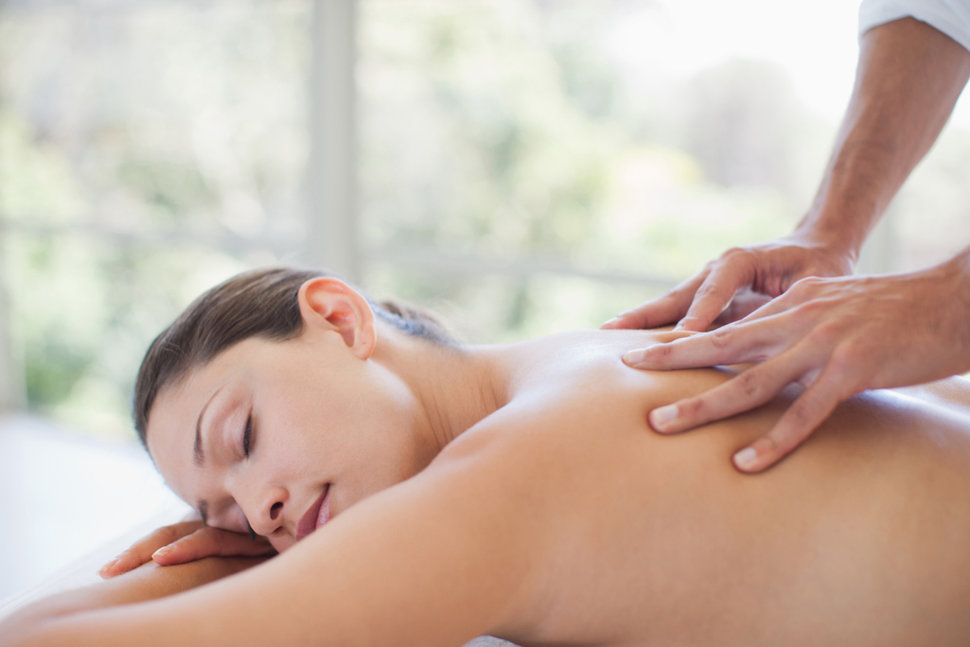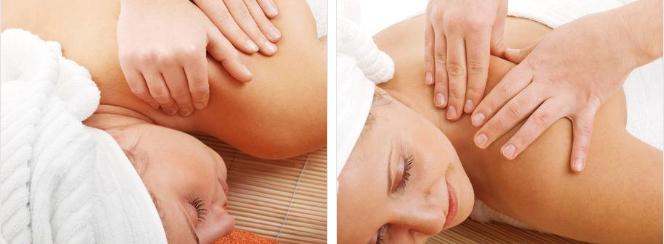As more and more people consider getting massage therapy, there is also more confusion as to what kind of massage to get. For most people, their idea of a massage is what they see on television or the movies. Some will also get information from friends and family who have had a massage. What usually comes to mind is either the traditional Western or Swedish massage with long, gliding strokes or the sports warm up massage, sometimes called a rub-down, where the trainer administers short, choppy strokes to get the athlete ready for an event.
While these are not wrong perceptions, there are so many more options when it comes to therapeutic bodywork. There are more than 100 variations and techniques. Most fall into just a few main categories such as Western massage and Asian or Eastern massage. And some, even though considered in the massage profession, are more like physical therapy.
Relaxation Massage
Relaxation massage can fall under either Western or Eastern styles or techniques. Often there is a blending of the two. Most of the massage techniques used at spas, resorts, cruise ships and practitioners, either working alone or for larger companies, use relaxation type. Whether the practitioner is using long, gliding strokes, kneading strokes or even stretches and pressure points, the goal is for reduction of stress and an increase in relaxation. These sessions can be anywhere from a half hour to two hours in length, with the most popular being about an hour.
Medical Massage
Medical massage may use some of the techniques in both Eastern and Western massage, but the length of the session and the focus are different. With medical massage, the intent is usually rehabilitative or restorative. A person may have a prescription from a doctor for massage to help speed recovery from an injury such as a sprain or strain. Additional knowledge and training in the area of pathology is usually needed, as the massage therapist needs to know which conditions are contraindicated, which are safe and what techniques to use for various specific conditions or ailments. These sessions may be as short as 15 minutes and, in some cases, are covered by insurance.
Sports Massage
Sports massage can overlap with medical massage. The massage therapist is often dealing with anyone from professional athletes to weekend warriors. Techniques include those needed for warm-up, cool-down and rehabilitation after injury. Most of the techniques used come from the Western massage branch of bodywork and may include some methods similar to those used in physical therapy. These sessions also may be as short as 15 minutes.
Most likely, the appointment for your first massage will be for a basic relaxation massage, unless you request something else. Don’t be nervous about asking the massage therapist questions, or letting him or her know if you have any particular aches, pains or illnesses. Massage therapists are trained to offer you the techniques that will give you a massage tailored to your needs.



